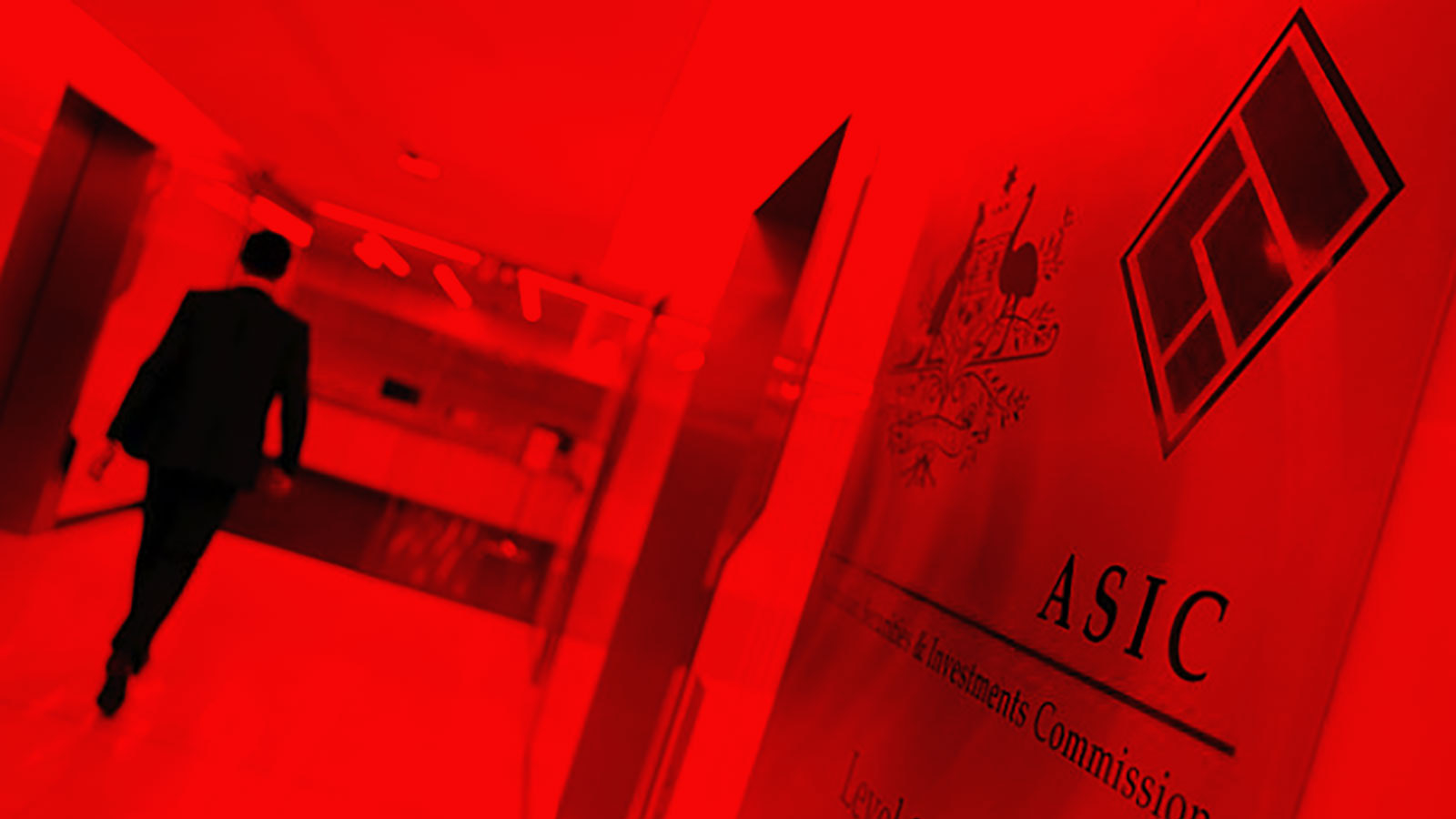Industry unites against ASIC levy increase
This week the nation’s financial advisers received news that their annual registration fees, or “adviser levies.” would increase by the equivalent of 160% over the next two years. According to the regulator’s announcement, the total cost per retail advice licence is now $1,500 plus an additional $2,426 per authorised representative under the licence. This means a “one-person-band” advice firm would be charged $3,926 for the pleasure of opening its doors.
This is a significant increase from the current $1,571 per adviser, and has been met with consternation from almost all the key industry bodies. The likes of CA Australia, CPA Australia, the FPA, IPA and the SMSF Association have voiced their concerns on the price hike.
Their major concern is with the funding model for ASIC and the regulation of the financial advice industry, suggesting it is likely to see more advisers exiting the industry in the coming months. According to the group of industry bodies, the current funding model, based on “self-funding,” doesn’t account for the changing industry dynamics; and with adviser numbers continuing to fall is simply increasing the burden on those who remain.
The group is calling for the industry funding model to be removed, reducing the levy and preferably, funding it from consolidated revenue. They note that penalties and fines from ASIC enforcement are diverted to consolidated revenue, rather than to offset ASIC’s costs, which have ballooned from $25.6 million in 2017-18 to $56 million in 2019-20 on the back of the huge remediation program across the Big Banks and vertically integrated financial institutions.
In a joint statement issued last week, the industry bodies noted that the ASIC levy increases were occurring despite financial adviser numbers nose-diving, and called on the government to cancel or reduce the increase.
When you consider the additional regulatory costs associated with running a financial advice business, including professional indemnity insurance, independent audits, company accounts and training in addition to the costs of remaining members of multiple industry bodies, the reasons behind the exit of 4,000 advisers in three years are clear.











